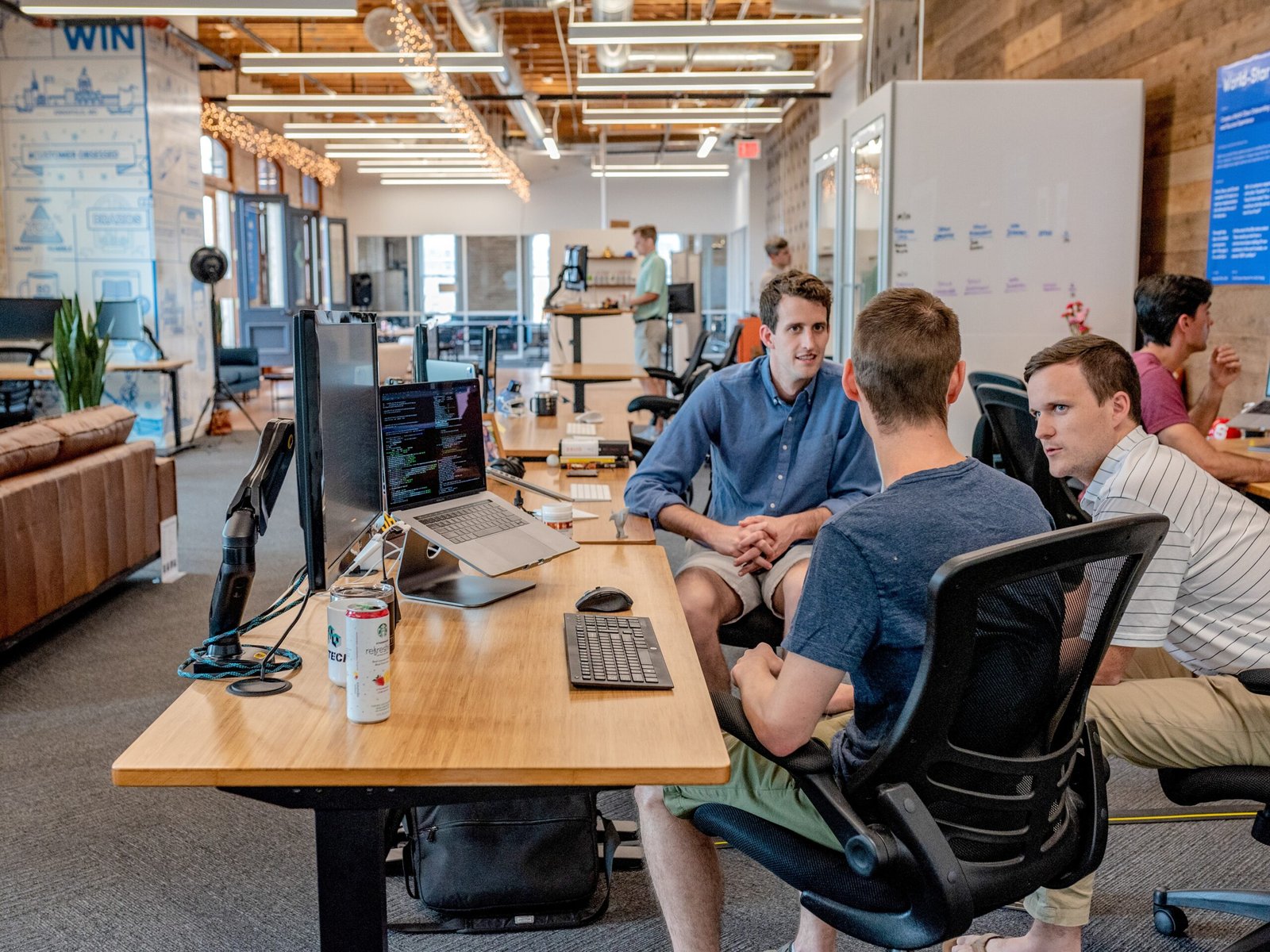
Introduction
The design industry is constantly evolving, and one of the most significant changes in recent years has been the rise of remote work. With advancements in technology and a shift in work culture, remote designer jobs have become increasingly popular. In this article, we will explore the future of remote designer jobs and the opportunities they present for designers around the world.
The Advantages of Remote Designer Jobs
Remote work offers numerous advantages for designers. Firstly, it provides the flexibility to work from anywhere, eliminating the need for a daily commute and allowing for a better work-life balance. Designers can choose their preferred environment, whether it’s a home office, a co-working space, or a coffee shop.
Secondly, remote designer jobs often offer a wider range of opportunities. Designers are no longer limited to job openings in their local area; they can work with clients and companies from all over the world. This global reach opens up new possibilities for collaboration and exposure to diverse design perspectives.
Lastly, remote work allows designers to tap into a global talent pool. Companies can hire the best designers regardless of their location, leading to more diverse and innovative design teams.
The Impact of Technology
The future of remote designer jobs is closely tied to advancements in technology. With the proliferation of communication tools, project management software, and cloud-based design platforms, designers can seamlessly collaborate with clients and colleagues regardless of their physical location.
Virtual reality (VR) and augmented reality (AR) are also shaping the future of remote design work. These technologies enable designers to create immersive experiences and collaborate on projects in real-time, even if they are thousands of miles apart.
Challenges and Solutions
While remote designer jobs offer many benefits, they also come with their own set of challenges. Communication and collaboration can be more challenging when working remotely, but these obstacles can be overcome with the right tools and processes.
Clear communication channels, regular check-ins, and project management software can help bridge the gap between designers and their clients or team members. Setting clear expectations and establishing a strong feedback loop are also essential for successful remote collaboration.
The Future of Remote Design Work
The COVID-19 pandemic has accelerated the adoption of remote work across industries, including design. As companies realize the benefits of remote work, it is likely that remote designer jobs will continue to grow in popularity even after the pandemic subsides.
Designers can expect to see an increase in remote job openings and opportunities for freelance work. Companies are recognizing the value of hiring designers on a project basis, allowing for greater flexibility and access to specialized skills.
Furthermore, the future of remote design work may involve more hybrid models, where designers have the option to work remotely or from a physical office. This hybrid approach can offer the best of both worlds, combining the freedom of remote work with the benefits of in-person collaboration.
Conclusion
The future of remote designer jobs is bright and promising. As the design industry continues to evolve, remote work will play an increasingly important role. Designers who embrace remote work can enjoy the freedom to work from anywhere in the world, collaborate with diverse teams, and tap into a global network of opportunities. By staying adaptable and embracing new technologies, designers can thrive in the ever-changing landscape of remote design work.